#NASA History
Link
A few days before they left Skylab on Feb. 8, 1974, the final crew to occupy the station raised its...
0 notes
Text
So Venus is my favorite planet in the solar system - everything about it is just so weird.
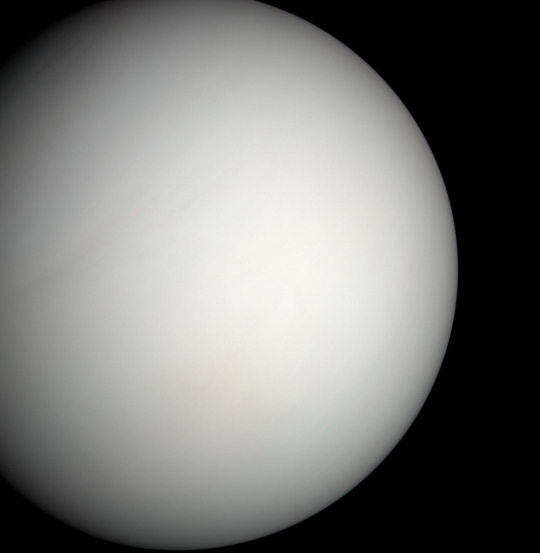
It has this extraordinarily dense atmosphere that by all accounts shouldn't exist - Venus is close enough to the sun (and therefore hot enough) that the atmosphere should have literally evaporated away, just like Mercury's. We think Earth manages to keep its atmosphere by virtue of our magnetic field, but Venus doesn't even have that going for it. While Venus is probably volcanically active, it definitely doesn't have an internal magnetic dynamo, so whatever form of volcanism it has going on is very different from ours. And, it spins backwards! For some reason!!
But, for as many mysteries as Venus has, the United States really hasn't spent much time investigating it. The Soviet Union, on the other hand, sent no less than 16 probes to Venus between 1961 and 1984 as part of the Venera program - most of them looked like this!

The Soviet Union had a very different approach to space than the United States. NASA missions are typically extremely risk averse, and the spacecraft we launch are generally very expensive one-offs that have only one chance to succeed or fail.
It's lead to some really amazing science, but to put it into perspective, the Mars Opportunity rover only had to survive on Mars for 90 days for the mission to be declared a complete success. That thing lasted 15 years. I love the Opportunity rover as much as any self-respecting NASA engineer, but how much extra time and money did we spend that we didn't technically "need" to for it to last 60x longer than required?
Anyway, all to say, the Soviet Union took a more incremental approach, where failures were far less devastating. The Venera 9 through 14 probes were designed to land on the surface of Venus, and survive long enough to take a picture with two cameras - not an easy task, but a fairly straightforward goal compared to NASA standards. They had…mixed results.
Venera 9 managed to take a picture with one camera, but the other one's lens cap didn't deploy.
Venera 10 also managed to take a picture with one camera, but again the other lens cap didn't deploy.
Venera 11 took no pictures - neither lens cap deployed this time.
Venera 12 also took no pictures - because again, neither lens cap deployed.
Lotta problems with lens caps.
For Venera 13 and 14, in addition to the cameras they sent a device to sample the Venusian "soil". Upon landing, the arm was supposed to swing down and analyze the surface it touched - it was a simple mechanism that couldn't be re-deployed or adjusted after the first go.
This time, both lens caps FINALLY ejected perfectly, and we were treated to these marvelous, eerie pictures of the Venus landscape:

However, when the Venera 14 soil sampler arm deployed, instead of sampling the Venus surface, it managed to swing down and land perfectly on….an ejected lens cap.
#space#space history#venus#NASA#Venera#spost#I will talk all day about venus#ask me about venus floating sky cities#unpopular opinion venus > mars#this is probably my favorite space history story#the surface of venus is made of lens caps#don't try to tell me the universe doesn't have a sense of humor#well#I guess its more that people have a sense of humor and we happen to live in the universe
28K notes
·
View notes
Text
"During NASA’s early years, it had not enacted any policies regarding religious observances in space. The issue first arose when John P. Donnelley, Assistant Administrator for Public Affairs at the Johnson Space Center, received an angry letter complaining that astronauts’ religious expression in space had been suppressed because of a lawsuit filed by Madalyn Murray O’Hair, the founder of American Atheists. She is perhaps best known for Murray v. Curlett, her successful challenge to the government’s policy of mandatory prayers and Bible in the Baltimore public schools. Many people do not know that O’Hair was also a leading Holocaust denier; for example, in a notorious article in American Atheist magazine, she argued that Auschwitz was little more than a labor camp, that less than 1.5 million Jews had been murdered in the Holocaust, and that Central Europe was substantially cleared of Jews because of emigration."
-Singer, S. J. (2024, January 12). Ilan Ramon’s Jewish Space Odyssey. The Jewish Press – JewishPress.com. https://www.jewishpress.com/sections/features/features-on-jewish-world/ilan-ramons-jewish-space-odyssey/2024/01/10/
1 note
·
View note
Text

One Giant Leap for Mankind
Millions of people around the globe will come together for the Paris 2024 Olympic Games later this month to witness a grand event—the culmination of years of training and preparation.
Fifty-five years ago this July, the world was watching as a different history-changing event was unfolding: the Apollo 11 mission was landing humans on the surface of another world for the first time. An estimated 650 million people watched on TV as Neil Armstrong reached the bottom of the ladder of the lunar module on July 20, 1969, and spoke the words, “That’s one small step for [a] man, one giant leap for mankind.”
While the quest to land astronauts on the Moon was born from the space race with the Soviet Union during the Cold War, this moment was an achievement for the whole of humanity. To mark the world-embracing nature of the Moon landing, several tokens of world peace were left on the Moon during the astronauts’ moonwalk.
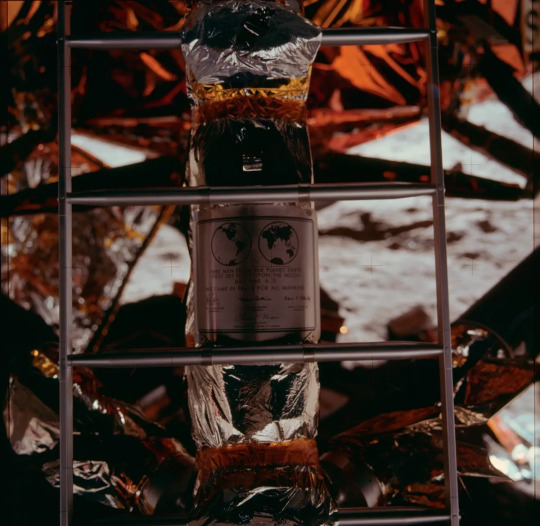
“We came in peace for all mankind”
These words, as well as drawings of Earth’s western and eastern hemispheres, are etched on a metal plaque affixed to a leg of the Apollo 11 lunar lander. Because the base of the lander remained on the Moon after the astronauts returned, it is still there today as a permanent memorial of the historic landing.

Microscopic messages from kings, queens, and presidents
Another artifact left on the Moon by the Apollo 11 astronauts is a small silicon disc etched with goodwill messages from leaders of 74 countries around the world. Each message was reduced to be smaller than the head of a pin and micro-etched on a disc roughly 1.5 inches (3.8 cm) in diameter. Thailand’s message, translated into English, reads: "The Thai people rejoice in and support this historic achievement of Earth men, as a step towards Universal peace."
Curious to read what else was inscribed on the disk? Read the messages.

An ancient symbol
The olive branch, a symbol of peace and conciliation in ancient Greek mythology, also found its way to the Moon in July 1969. This small olive branch made of gold was left on the lunar surface during Neil Armstrong and Buzz Aldrin’s 2.5-hour moonwalk. The olive branch also featured on the Apollo 11 mission patches sewed on the crew’s spacesuits. Designed in part by command module pilot Michael Collins, the insignia shows a bald eagle landing on the Moon holding an olive branch in its talons.

We go together
As NASA’s Artemis program prepares to again land astronauts on the Moon, including the first woman and the first person of color, this time we’re collaborating with commercial and international partners. Together we will make new scientific discoveries, establish the first long-term presence on the Moon, and inspire a new generation of explorers.
Is aerospace history your cup of tea? Be sure to check out more from NASA’s past at www.nasa.gov/history.
Make sure to follow us on Tumblr for your regular dose of space!
4K notes
·
View notes
Photo

May 8, 1980 – Astronaut Anna Fisher suited up for training in the Neutral Buoyancy Simulator at Marshall Space Flight Center in Alabama. (NASA)
2K notes
·
View notes
Text
Hidden Figures
In honour of Black History Month, I'm starting to write book reviews about some of the nonfiction I'm reading
Note: As part of Black History Month, I’m trying something new: writing a book review on a new nonfiction fave. As many book reviews as I’ve written and posted, as many nonfiction books as I read, it’s not a genre I feel particularly comfortable with writing reviews for, but I thought I’d give it a whirl since I’m thinking about including more nonfiction content on my blogs other than the…

View On WordPress
#Biography#Black History Month#Book Review#Civil Rights Movement#Dorothy Vaughan#Family#History#Human Computers#IBM#Jim Crow#Katherine G. Johnson#Langley#Margot Lee Shetterly#Mary Jackson#Mathematics#Mercury Seven#NASA#NASA History#Nonfiction#Physics#Space Shuttle Programme#The South#Virginia
1 note
·
View note
Text
NASA Views Images, Confirms Discovery of Shuttle Challenger Artifact
NASA leaders recently viewed footage of an underwater dive off the east coast of Florida, and they confirm it depicts an artifact from the space shuttle Challenger.
The STS-51L mission clears the tower at Launch Complex 39B at NASA’s Kennedy Space Center in Florida on Jan. 28, 1986.Credits: NASA
NASA leaders recently viewed footage of an underwater dive off the East coast of Florida, and they confirm it depicts an artifact from the space shuttle Challenger.
The artifact was discovered by a TV documentary crew seeking the wreckage of a World War II-era…

View On WordPress
0 notes
Text

On June 18, 1983, Dr. Sally Ride zoomed away from Earth on a NASA Space Shuttle, breaking barriers as she reached immense heights. As Ride embarked on this mission, she officially became the first American woman to fly in space.
462 notes
·
View notes
Text

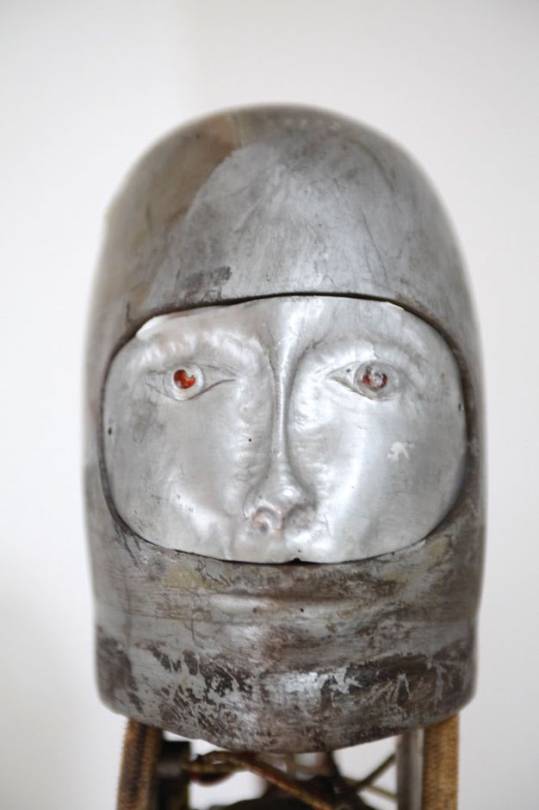
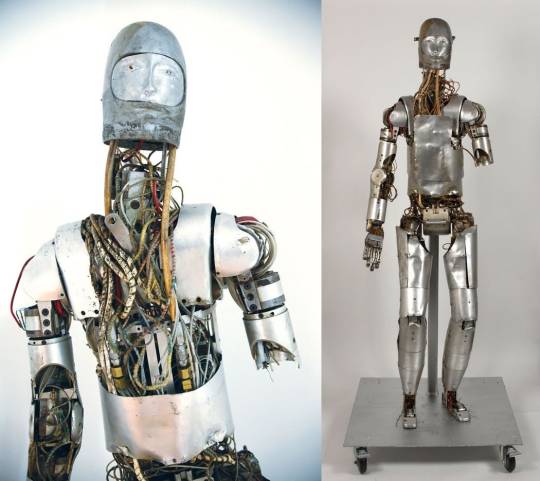
In the 1960s, NASA had a bunch of dummies working to bring humans to space. Well, it was just two dummies, really. Each ‘Power Driven Articulated Dummy’ was a 230-pound robot that NASA engineers designed to test space suits. One of the dummies now resides at the Smithsonian National Air and Space Museum, and the other was auctioned off.
Popular Science wrote about the dummies back in 1967. Controlled by an operator and driven by a circulatory system of oil inside tubes, each android could mimic 35 human movements, from arm and hand flexing to twisting at the waist. [x]
2K notes
·
View notes
Text

On this day in 1977, Voyager 1 launched from Florida’s NASA Kennedy Space Center. Over the past 47 years, together with its twin Voyager 2, the spacecraft outperformed all expectations—gathering invaluable information about Jupiter and Saturn, then becoming the first human-made object to cross into interstellar space in 2012 (Voyager 2 entered interstellar space in November 2018). Both spacecraft are still exploring as part of our farthest and longest-lasting space mission and carrying the Golden Record, with recordings of nature, human languages, and music, into the universe.
Photo: NASA, PD, Wikimedia Commons
#science#natural history#fact of the day#spacecraft#space#space exploration#did you know#on this day#nasa#voyager#voyager 1#the golden record
228 notes
·
View notes
Text

Remembering Bill Anders.
314 notes
·
View notes
Link
The voyages of the Starship Enterprise came to a sudden and premature end on June 3, 1969, with the...
0 notes
Text

Ask and you shall receive.
So do y'all know about Curiosity's wheels? They have these cool hole patterns!

The holes are ostensibly for tracking wheel slippage. The pattern is stamped in the Martian sand, and by taking a picture of the tracks and measuring the distance between the repeating hole marks, you can tell how much the wheels are slipping.
But the pattern isn't arbitrary! Curiosity (along with many many other NASA missions) was built by the Jet Propulsion Laboratory - or "JPL". While JPL is entirely federally funded and almost exclusively works on NASA missions, it's technically operated by Caltech, not NASA. When JPL was assembling Curiosity, they added some "JPL" decals to it along with the cool "Curiosity" label on the arm.

Well, NASA HQ found out and got mad. "You can't put those JPL stickers all over our rover!" they said, and made JPL scrape them all off.
JPL reluctantly complied, but definitely got the last laugh. No decals allowed? Well fine - the holes in Curiosity's wheels say "JPL" in Morse code. So every few feet, the name of the real creator of the rover is stamped into the surface of Mars!
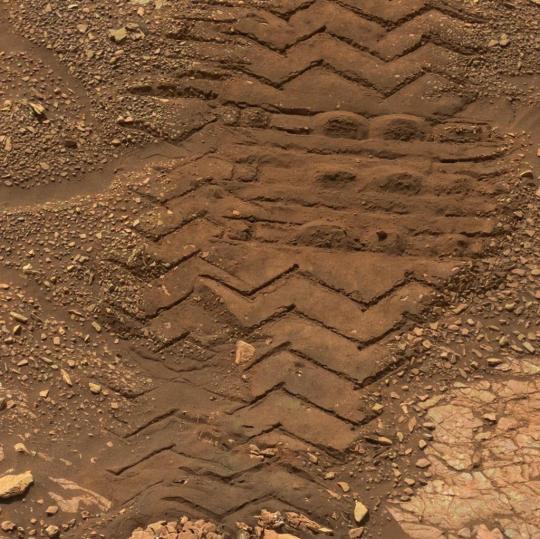
1K notes
·
View notes
Text
Crying about Snoopy and NASA in the club. He’s just a little guy and he does Important work and they love him so much. 😭 he’s also literally been to space several times. Also, I don’t know if it’s still around but he’s also one of the higher awards in the field? Waahhhhhh




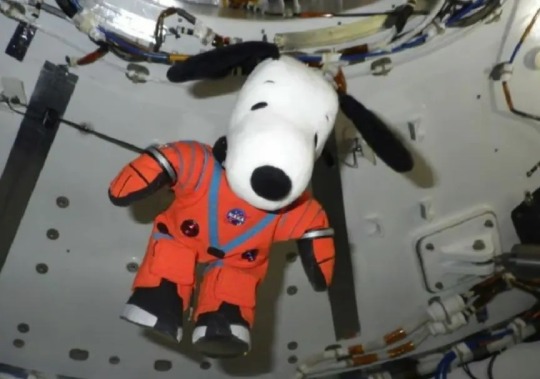
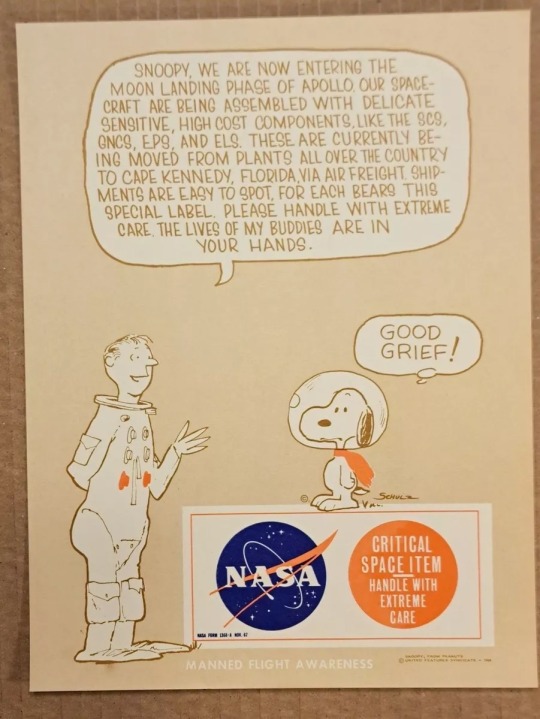
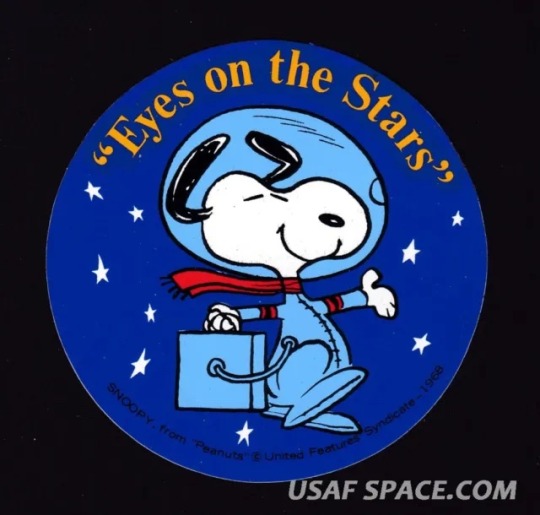
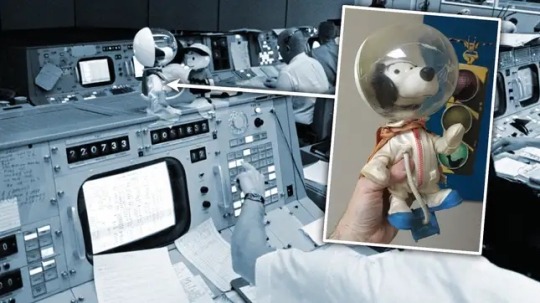

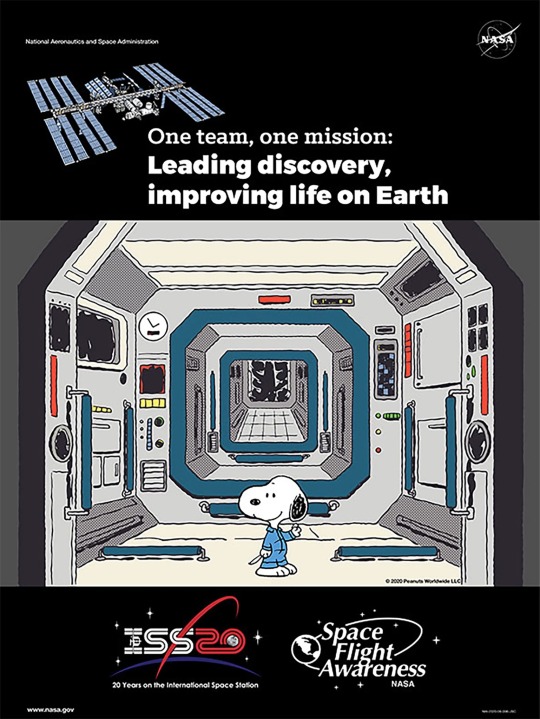
#it’s so cute I’m going to explode#space#space travel#space history#mascot history#space race#space age#nasa#snoopy#the peanuts#1960s#space program#moon
348 notes
·
View notes
Text

LaRue Burbank, mathematician and computer, is just one of the many women who were instrumental to NASA missions.
4 Little Known Women Who Made Huge Contributions to NASA
Women have always played a significant role at NASA and its predecessor NACA, although for much of the agency’s history, they received neither the praise nor recognition that their contributions deserved. To celebrate Women’s History Month – and properly highlight some of the little-known women-led accomplishments of NASA’s early history – our archivists gathered the stories of four women whose work was critical to NASA’s success and paved the way for future generations.
LaRue Burbank: One of the Women Who Helped Land a Man on the Moon
LaRue Burbank was a trailblazing mathematician at NASA. Hired in 1954 at Langley Memorial Aeronautical Laboratory (now NASA’s Langley Research Center), she, like many other young women at NACA, the predecessor to NASA, had a bachelor's degree in mathematics. But unlike most, she also had a physics degree. For the next four years, she worked as a "human computer," conducting complex data analyses for engineers using calculators, slide rules, and other instruments. After NASA's founding, she continued this vital work for Project Mercury.
In 1962, she transferred to the newly established Manned Spacecraft Center (now NASA’s Johnson Space Center) in Houston, becoming one of the few female professionals and managers there. Her expertise in electronics engineering led her to develop critical display systems used by flight controllers in Mission Control to monitor spacecraft during missions. Her work on the Apollo missions was vital to achieving President Kennedy's goal of landing a man on the Moon.
Eilene Galloway: How NASA became… NASA
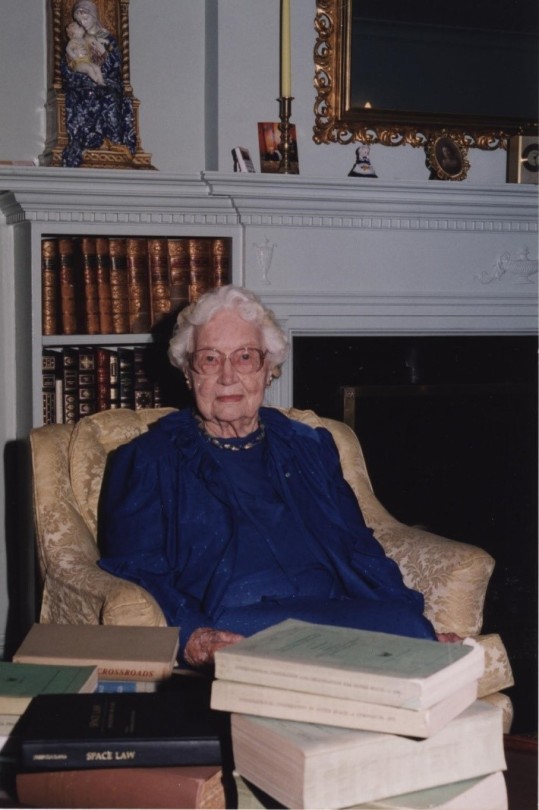
Eilene Galloway wasn't a NASA employee, but she played a huge role in its very creation. In 1957, after the Soviet Union launched Sputnik, Senator Richard Russell Jr. called on Galloway, an expert on the Atomic Energy Act, to write a report on the U.S. response to the space race. Initially, legislators aimed to essentially re-write the Atomic Energy Act to handle the U.S. space goals. However, Galloway argued that the existing military framework wouldn't suffice – a new agency was needed to oversee both military and civilian aspects of space exploration. This included not just defense, but also meteorology, communications, and international cooperation.
Her work on the National Aeronautics and Space Act ensured NASA had the power to accomplish all these goals, without limitations from the Department of Defense or restrictions on international agreements. Galloway is even to thank for the name "National Aeronautics and Space Administration", as initially NASA was to be called “National Aeronautics and Space Agency” which was deemed to not carry enough weight and status for the wide-ranging role that NASA was to fill.
Barbara Scott: The “Star Trek Nerd” Who Led Our Understanding of the Stars
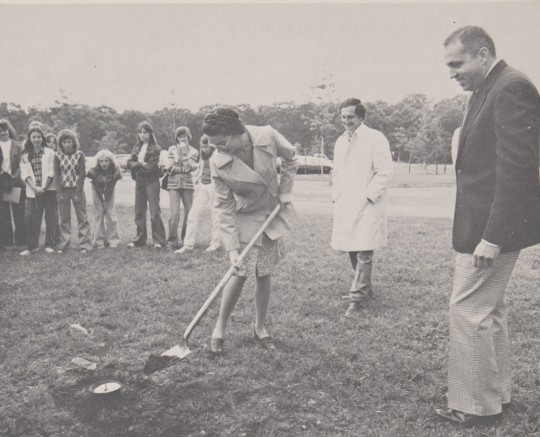
A self-described "Star Trek nerd," Barbara Scott's passion for space wasn't steered toward engineering by her guidance counselor. But that didn't stop her! Fueled by her love of math and computer science, she landed at Goddard Spaceflight Center in 1977. One of the first women working on flight software, Barbara's coding skills became instrumental on missions like the International Ultraviolet Explorer (IUE) and the Thermal Canister Experiment on the Space Shuttle's STS-3. For the final decade of her impressive career, Scott managed the flight software for the iconic Hubble Space Telescope, a testament to her dedication to space exploration.
Dr. Claire Parkinson: An Early Pioneer in Climate Science Whose Work is Still Saving Lives
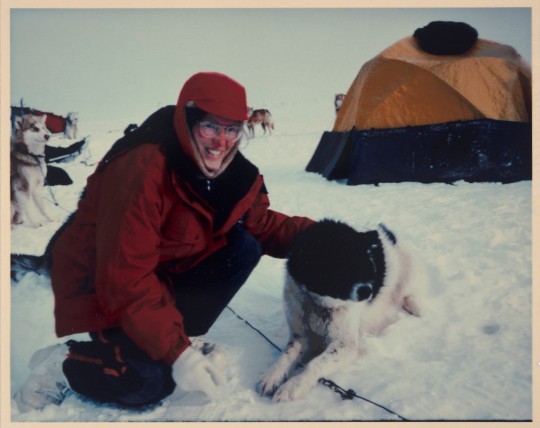
Dr. Claire Parkinson's love of math blossomed into a passion for climate science. Inspired by the Moon landing, and the fight for civil rights, she pursued a graduate degree in climatology. In 1978, her talents landed her at Goddard, where she continued her research on sea ice modeling. But Parkinson's impact goes beyond theory. She began analyzing satellite data, leading to a groundbreaking discovery: a decline in Arctic sea ice coverage between 1973 and 1987. This critical finding caught the attention of Senator Al Gore, highlighting the urgency of climate change.
Parkinson's leadership extended beyond research. As Project Scientist for the Aqua satellite, she championed making its data freely available. This real-time information has benefitted countless projects, from wildfire management to weather forecasting, even aiding in monitoring the COVID-19 pandemic. Parkinson's dedication to understanding sea ice patterns and the impact of climate change continues to be a valuable resource for our planet.
Make sure to follow us on Tumblr for your regular dose of space!
#NASA#space#tech#technology#womens history month#women in STEM#math#climate science#computer science
2K notes
·
View notes
Text

The Space Shuttle Columbia blasts off from Cape Canaveral on June 27, 1982. Art by Ren Wicks.
1K notes
·
View notes